In daily life, many people face the issue of oily hair, a problem that can be both frustrating and impact your overall appearance. Especially in hot and humid weather, hair can easily become greasy, creating an unclean and less fresh look. I often receive questions from readers and followers about how to address the issue of oily hair, particularly how to improve it through the correct hair-washing methods. Today, I’m excited to share with you some effective washing techniques that will help you tackle oily hair and keep your locks feeling fresh and clean.
1. Reasons Behind Oily Hair
To solve the problem of oily hair, we first need to understand its root cause. Oily hair is typically a result of excessive oil production from the scalp. The sebaceous glands, which control the production of sebum, may become overactive, leading to oily hair. There are several common causes of oily hair:
a) Hormonal Changes
Hormonal fluctuations are one of the leading causes of increased oil production on the scalp. Adolescents, pregnant women, and women going through menopause often experience hormonal changes that can cause the sebaceous glands to become more active, leading to oily hair.
b) Improper Washing Habits
Washing hair too infrequently or using products that aren’t suitable for your hair type can also contribute to oily hair. For example, if you don’t wash your hair often enough, the oil buildup can cause your hair to appear greasy. On the other hand, washing hair too frequently can actually stimulate the scalp, causing more oil production.
c) Diet and Lifestyle Habits
Dietary choices and unhealthy lifestyle habits can also affect oil production. Studies show that consuming excess sugar, spicy foods, and fried foods can increase sebum production, making hair more oily.
d) Environmental Factors
Hot and humid climates, as well as airborne pollutants, can impact the oil secretion of the scalp. Especially during the summer or in cities with high humidity, the scalp tends to produce more oil, resulting in greasy hair that feels and looks weighed down.
2. How to Wash Your Hair Correctly
Washing your hair is the basic step in maintaining healthy hair. The right technique can help to address oily hair problems effectively. Here are the key steps I recommend for washing your hair properly to keep it fresh and oil-free.
a) Choose the Right Shampoo
Choosing a shampoo suitable for oily hair is the first and most important step. Those with oily hair should opt for a refreshing, oil-controlling shampoo. Many shampoos are specifically formulated for oily hair, providing deep cleansing to remove excess oil and helping to maintain a balanced scalp. When selecting a shampoo, look for products that contain ingredients like mint, tea tree oil, or citrus, as they are great for refreshing the scalp and keeping the hair oil-free.
b) Wash Your Hair at the Right Frequency
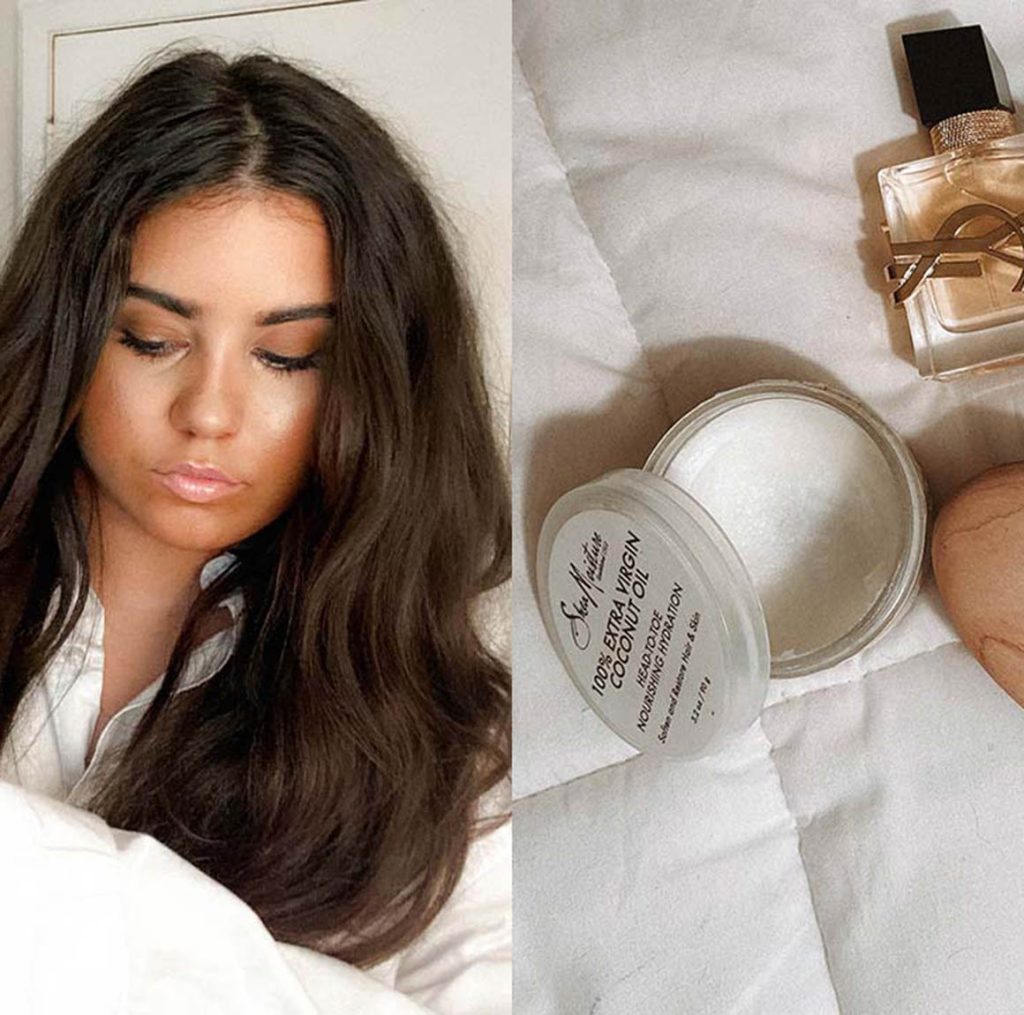
The frequency of washing plays a crucial role in managing oily hair. Washing your hair too often or too infrequently can negatively impact your scalp and hair. If you have oily hair, you can wash your hair every one to two days, but don’t overdo it. Washing your hair too much can irritate the scalp and cause it to produce even more oil. On the other hand, washing your hair too infrequently can lead to excess oil buildup. Finding the right balance is key.
c) Correct Hair Washing Technique
When washing your hair, use lukewarm water rather than hot water, as this helps open up the pores and cleanse the scalp of excess oil. Apply shampoo to damp hair, lather it up thoroughly, and then gently massage the scalp. Avoid using your nails to scratch the scalp, as this can damage the skin and lead to more oil production. The goal is to gently cleanse the scalp without irritating it. It’s important not to scrub aggressively; this can stimulate the sebaceous glands and cause them to secrete more oil.
d) Deep Cleansing and Care
In addition to regular washing, it’s a good idea to perform a deep cleanse once a week. You can use deep cleansing shampoos or dandruff shampoos, which help remove dirt, oil, and dead skin cells from the scalp. When using a conditioner, remember not to apply it to the scalp itself. Focus on the ends of the hair to prevent your hair from becoming too greasy. Conditioners are important for keeping hair smooth and hydrated, but they shouldn’t make your scalp oily.
e) Gently Drying Your Hair
After washing your hair, it’s best to gently pat your hair with a clean towel to remove excess moisture rather than rubbing it roughly. Excessive friction can damage the hair and cause the scalp to produce more oil. When drying your hair with a blow dryer, use low heat to prevent excessive drying of the scalp and to avoid stimulating sebum production.
3. How to Care for Oily Hair
Besides washing your hair properly, day-to-day care is crucial for managing oily hair. Proper care focuses on maintaining a clean scalp, controlling oil production, and avoiding scalp irritation.
a) Scalp Care
For oily hair, scalp health is key. Regular scalp care helps maintain oil balance. You can use scalp serums designed to clean pores and remove excess oil, helping to prevent buildup. Once a week, perform a scalp massage to improve circulation and reduce stress, which can also help in reducing oil production.
b) Use Oil-Control Products
In addition to choosing the right shampoo, using oil-control products can be beneficial. Dry shampoos or oil-control sprays are perfect for absorbing excess oil and keeping your hair fresh throughout the day. These products are especially helpful when you’re on the go and need a quick fix. Just remember to use them sparingly, and avoid spraying too much directly at the roots to prevent weighing the hair down.
c) Adjust Your Diet
Diet plays a significant role in controlling oil production. Foods rich in vitamins B, C, and zinc can help regulate sebum production and maintain a healthy scalp and hair. On the other hand, it’s important to limit consumption of greasy, spicy, and sugary foods, as they may exacerbate oil secretion.
4. Recommended International Brands
Here are some of my personal recommendations for shampoos and hair care products that work wonders for oily hair:
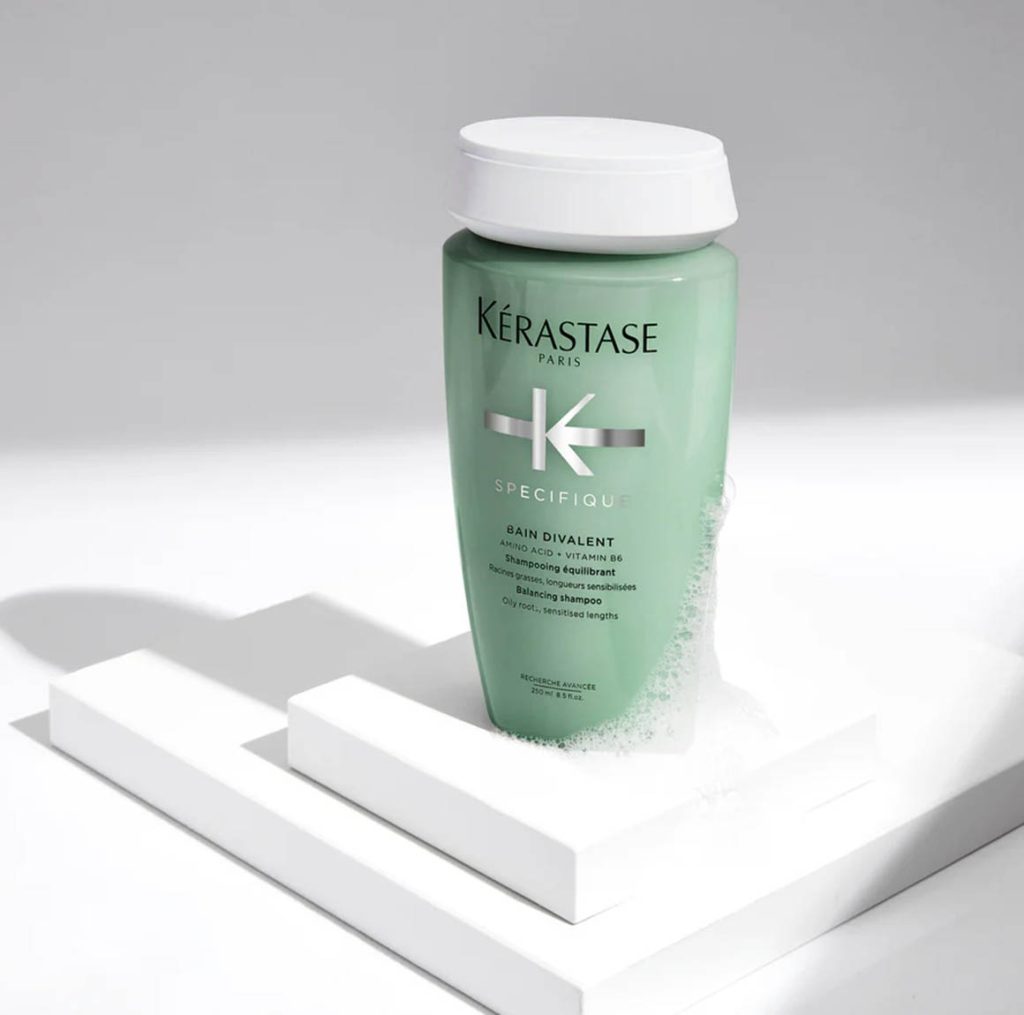
a) Kérastase Specifique Bain Divalent Shampoo
This shampoo by Kérastase is designed specifically for oily scalps. It gently cleanses the scalp without drying the hair and keeps it feeling light and fresh. It effectively removes oil buildup and maintains scalp health, offering a perfect solution for oily hair types.
b) Paul Mitchell Tea Tree Special Shampoo
This tea tree oil-infused shampoo from Paul Mitchell is great for deep cleansing the scalp, eliminating excess oil, and offering a refreshing, cooling sensation. Ideal for oily hair types, especially in hot, humid climates, it helps keep your hair fresh and free of oil.
c) Living Proof Perfect Hair Day Dry Shampoo
Living Proof’s dry shampoo is perfect for oily hair types. It absorbs excess oil and freshens up the hair quickly. Ideal for busy days, it provides a fast and effective solution to oily hair, ensuring that your hair stays looking fresh.
d) Bumble and Bumble Scalp Detox Charcoal Shampoo
This charcoal-based shampoo from Bumble and Bumble is fantastic for deeply cleaning the scalp, removing oil, dirt, and buildup. It’s great for oily hair or anyone who hasn’t had a proper scalp cleansing in a while.
Through proper washing techniques and daily care, you can significantly improve oily hair problems. I hope the tips shared today will help you maintain clean, fresh hair that stays free of oil. With the right products and routine, your hair can look and feel beautiful and healthy every day.
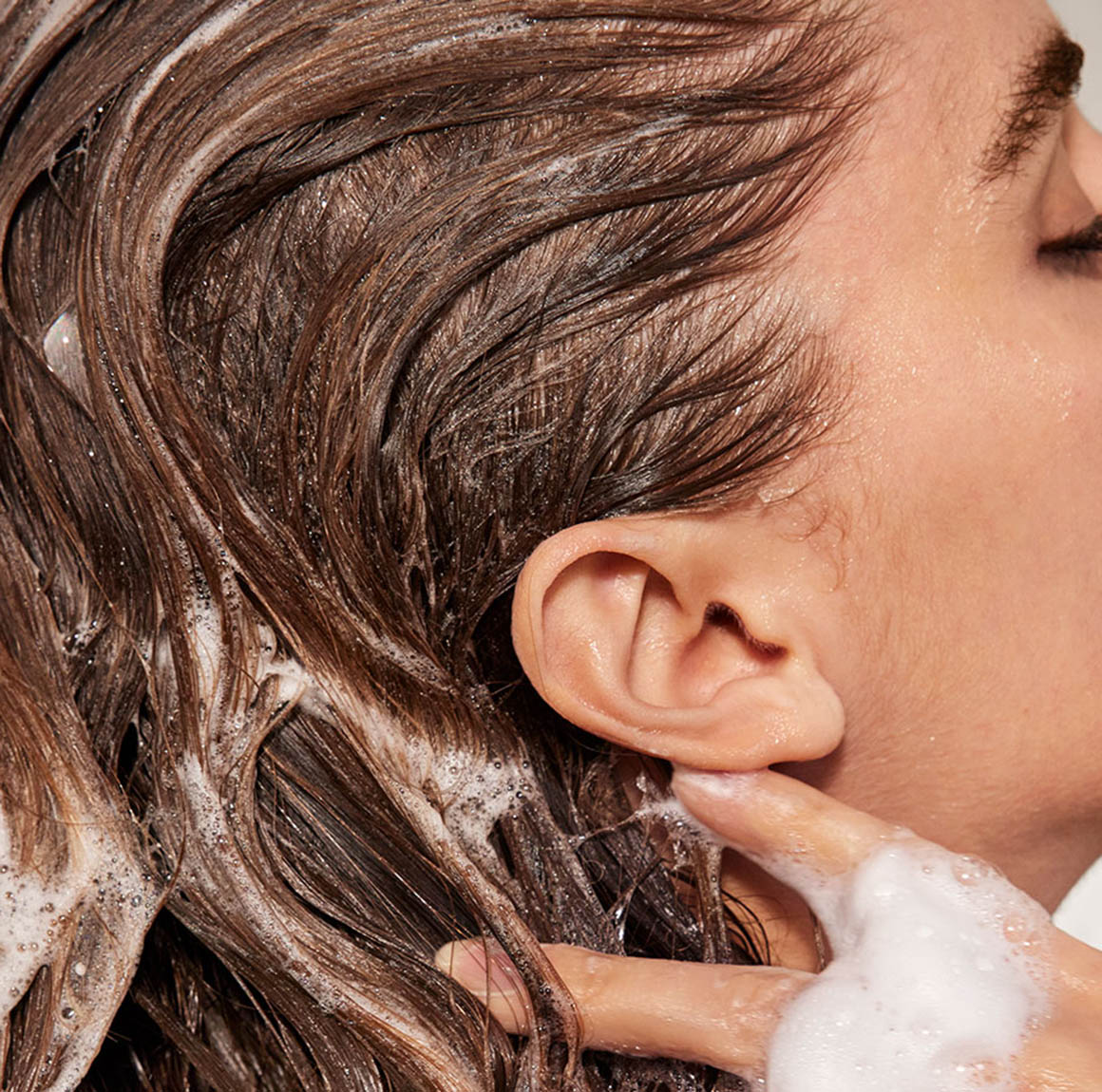



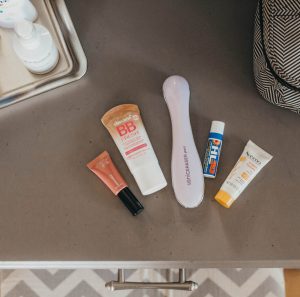


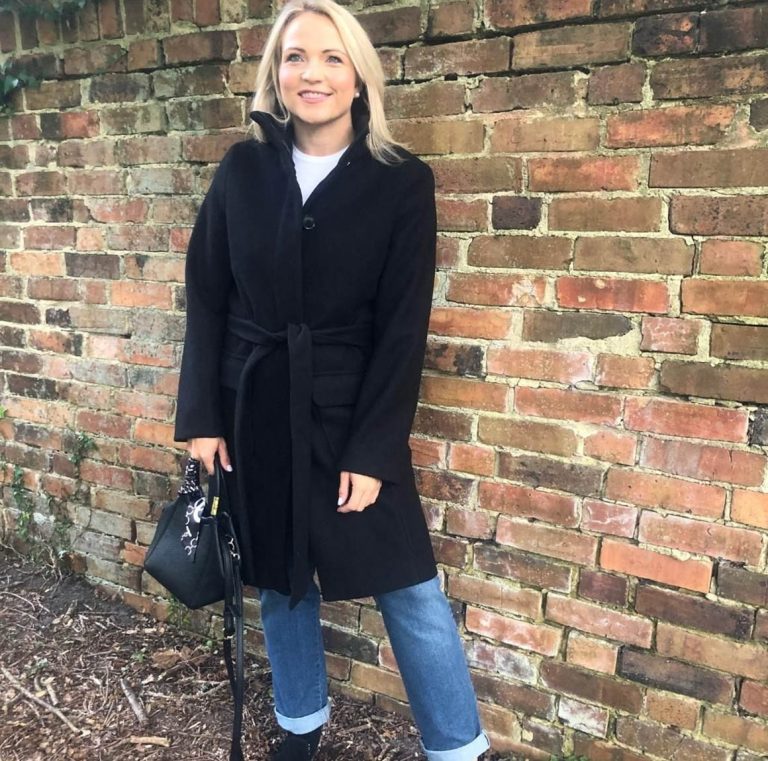
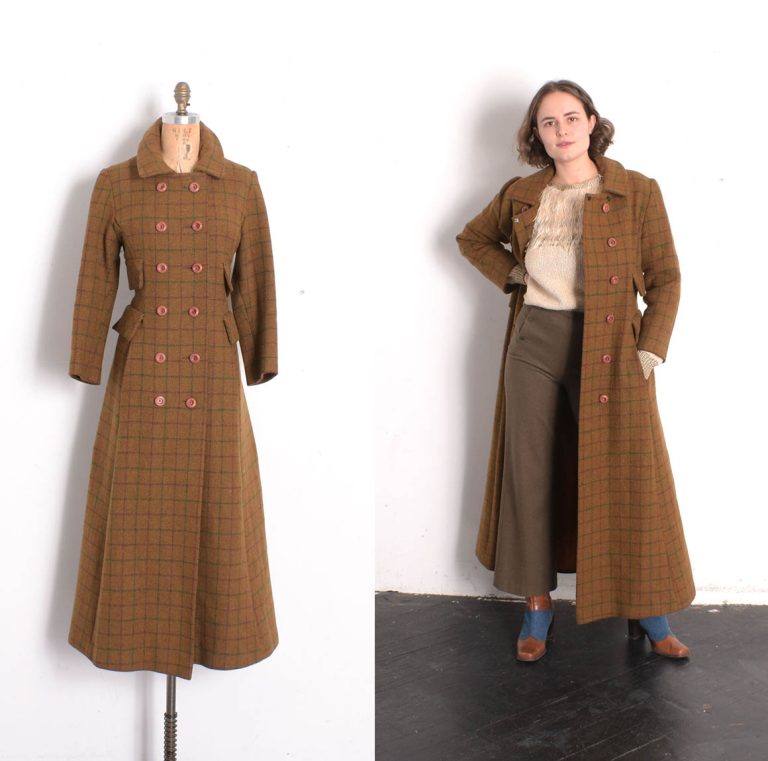
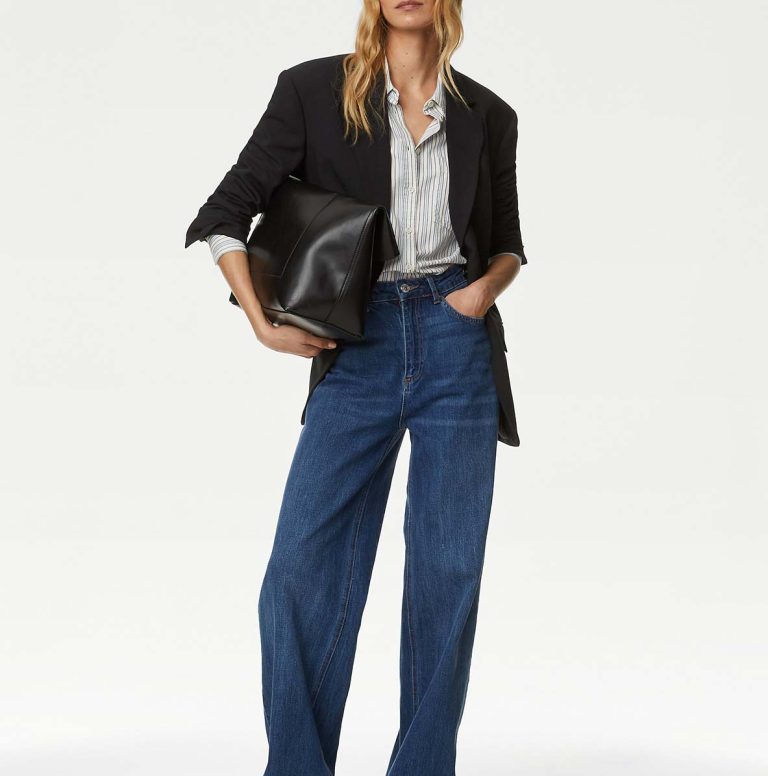

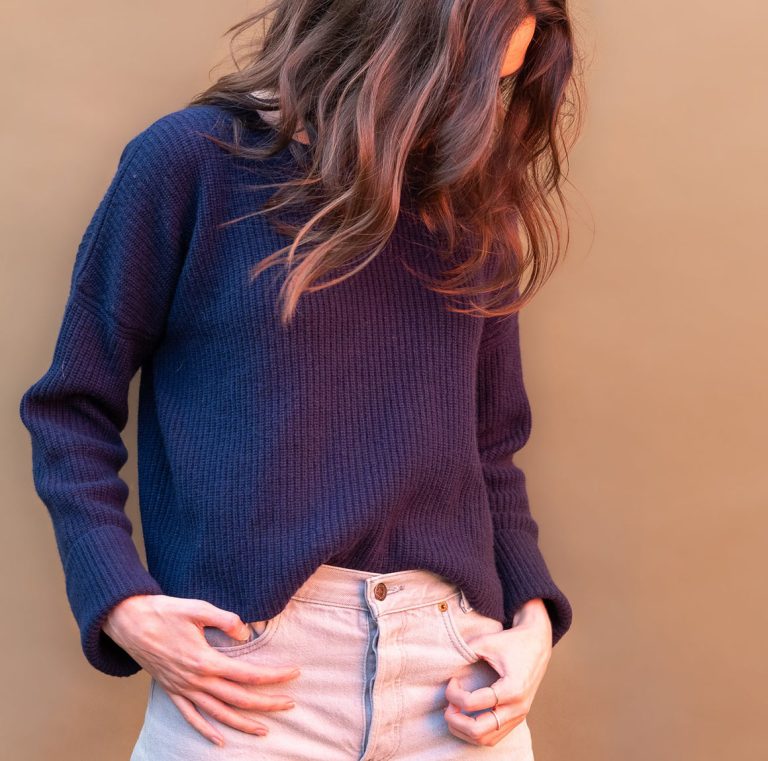
+ There are no comments
Add yours